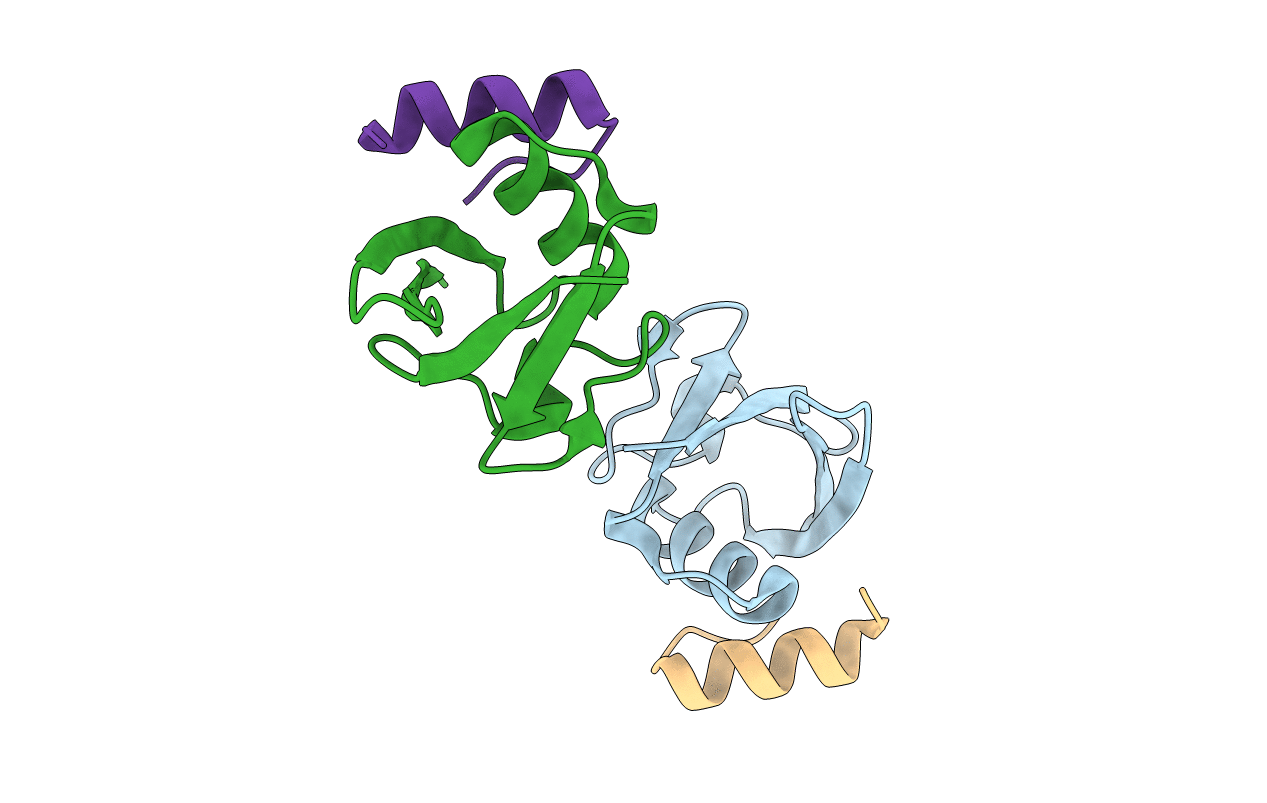
Deposition Date
2010-11-15
Release Date
2011-06-01
Last Version Date
2023-09-06
Entry Detail
PDB ID:
3PLU
Keywords:
Title:
Structure of Hub-1 protein in complex with Snu66 peptide (HINDI)
Biological Source:
Source Organism:
Saccharomyces cerevisiae (Taxon ID: 4932)
Host Organism:
Method Details:
Experimental Method:
Resolution:
1.40 Å
R-Value Free:
0.22
R-Value Work:
0.18
R-Value Observed:
0.18
Space Group:
P 1


